Set by Amanda Barnicoat, the Society’s Community WildBelt Project Manager.
Test your knowledge of the amazing wildlife that can be found in the Chilterns. Some questions are easy, others are a bit more tricky!
The quiz is in two parts. If you answer all questions correctly, you can consider yourself a wildlife warrior!

Part 1
Type your answers in the fields provided.
When you click ‘reveal’ the correct answers will appear below.
1. Name the smallest butterfly resident in the UK that can be found in the Chilterns.
2. What is the common name for a Glis glis?
3. How many major chalk streams are there in the Chilterns?
4. What is the sole foodplant of the chalkhill blue butterfly (i.e., what the caterpillars eat)?
5. Which farmland bird has a call that fits the phrase ‘a little bit of bread and no cheeeeese’?
6. What do badgers like to eat most of all? (It’s not peanuts)!
7. How many species of bat are there in the UK?
8. Which thorny shrub produces fruit used to flavour gin?
9. When do hazel dormice come out to forage for food?
10. Name the UK’s only venomous snake.
1. Small blue butterfly. Our smallest resident butterfly, its wingspan can be as little as 16mm.
2. Fat or edible dormouse. Native to Central Europe; introduced into a park in Hertfordshire by Walter Rothschild in 1902.
3. Nine major chalk streams rise in the Chilterns National Landscape.
4. Horseshoe vetch – the only food plant of the Adonis blue butterfly.
5. Yellowhammer – a sparrow-sized, bright yellow bird of woodland edges, hedgerows, heath and farmland that feeds on seeds and invertebrates.
6. Badgers’ staple food is usually earthworms (generally c 80% of their diet).
7. There are 18 species in the UK, 17 of which are known to breed here – almost a quarter of our mammal species.
8. Blackthorn. During autumn and winter, deep purple fruits (known as sloes) ripen on its branches.
9. Hazel dormice spend most of the day asleep! At night they come alive, climbing high into the trees hunting for a tasty snack. Their favourite foods are hazelnuts, berries and insects.
10. Adder. A stunning reptile that should be revered, not feared! They only bite if provoked.
Part 2
Can you identify all these plants and creatures found in the Chilterns?
When you click ‘reveal’ the correct answers will appear below.
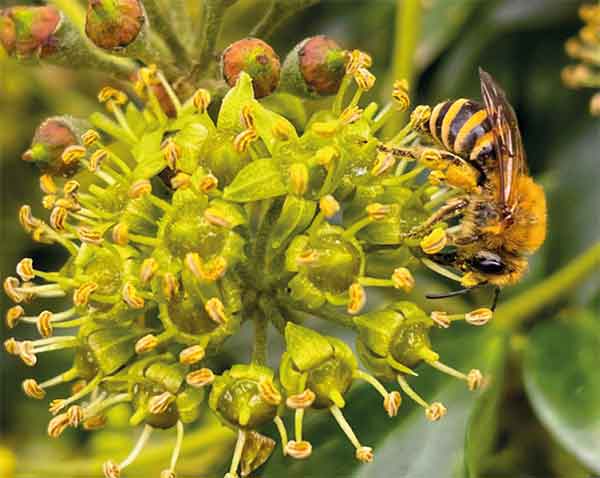
1

2
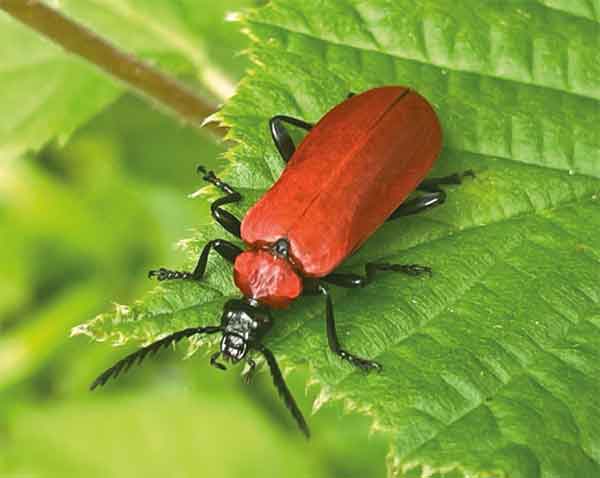
3
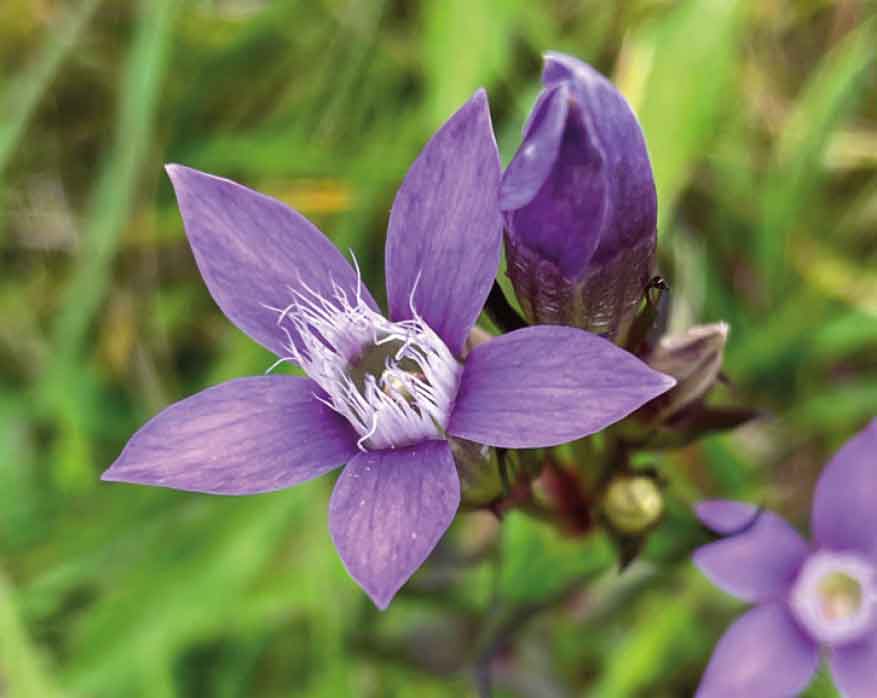
4
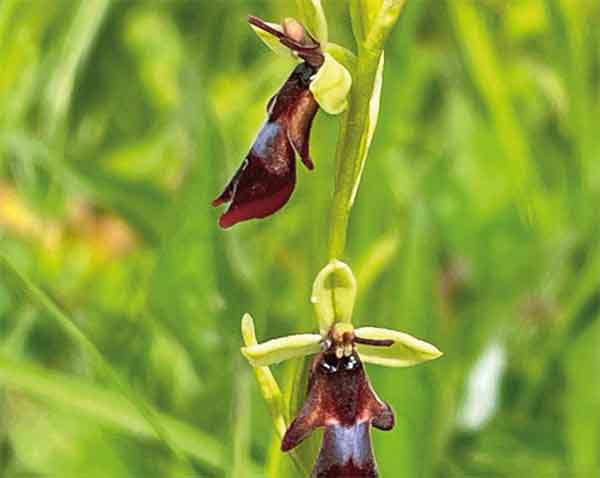
5

6

7
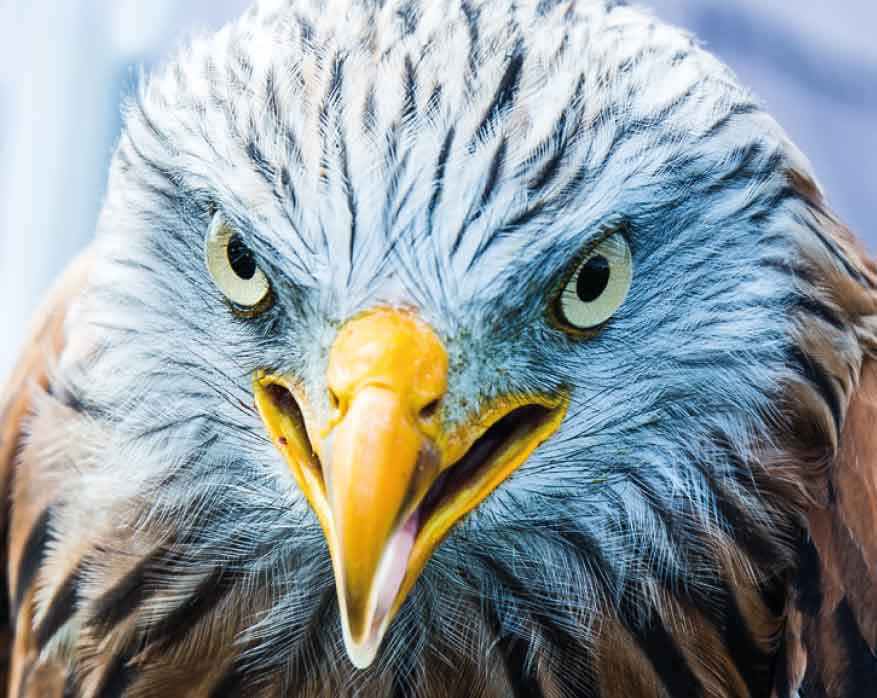
8
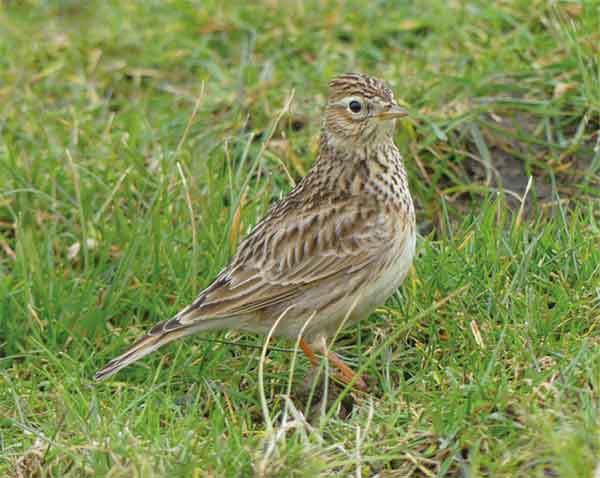
9

10
1. Ivy mining bee. The last solitary bee species to emerge each year, feeding mostly on ivy flowers from August to November. First seen on the south coast in 2001, they’ve since spread north throughout England and Wales.
2. Adonis blue butterfly. The rarest of the blue butterflies in the UK, found on sunny, south-facing chalk grassland rich in herbs. Its caterpillars are always found with ants, which protect them in return for a sugary substance they produce.
3. Black-headed cardinal beetle. Less common than their relative, the red-headed cardinal beetle, they can be found sunbathing on leaves and flowers along woodland rides, in hedgerows and sometimes in gardens. While they themselves are predators of smaller insects, their bright colouring warns potential predators that they’re toxic.
4. Chiltern gentian. Mainly found in Bucks and Herts, it’s a rare annual or biennial flower found on lowland chalk grassland with short vegetation, particularly where the soil has been disturbed.
5. Fly orchid. Despite the flowers looking like flies, they actually attract digger wasps. They release a scent which mimics a female wasp’s pheromones, luring in males that attempt to mate with them. The male wasps get a dusting of pollen, which they carry on to the next flower that fools them, often pollinating the plant.
6. European otter. For many years they were on the brink of extinction in the UK, but today you’re more likely to see one than at any time in the last 60 years. While hunting and habitat loss played a part, pollution from agricultural chemicals devastated them. Thanks mainly to conservation efforts, these chemicals were banned in the early 1990s, and as water quality slowly improved so did otter numbers.
7. Pyramidal orchid. It lives up to its name with its bright pinky-purple, densely packed pyramid of flowers atop a green stem. It likes chalk grassland, sand dunes, roadside verges and quarries.
8. Red kite. Possibly the most iconic bird of prey of the Chilterns, they’re a marvel to see circling overhead. Between 1989 and 1994, kites from Spain were imported and released into the Chilterns by the RSPB and English Nature (now Natural England). They’re now thriving, and public support for these beautiful birds is strong. A great example of what a successful conservation project can achieve.
9. Skylark. Male skylarks can be spotted rising almost vertically. They hover effortlessly, singing from a great height, before parachuting back to earth. Their long and complicated song- flights can last for up to an hour and the birds can reach 300m before descending. Their song has been the subject of many works of literature and music from Chaucer to Shelley, and Vaughan Williams to jazz.
10. Water vole. A much-loved British mammal, known by many as ‘Ratty’ in The Wind in the Willows. It’s Britain’s fastest declining mammal, the population plummeting by 90% in the last 30 years. The main reasons are habitat loss and predation by American mink, an invasive non-native species introduced in the early 20th century. Water voles can now be found on the River Chess thanks to the work of conservation organisations.

